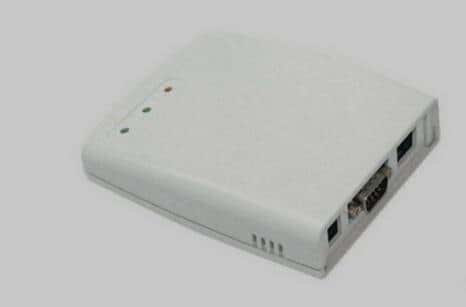
RFID reader works:
The rfid reader wirelessly communicates with the RFID electronic tag through the antenna, so that the tag identification code and the memory data can be read or written. A typical RFID reader includes an RFID radio module (transmitter and receiver), a control unit, and a reader antenna.
In radio frequency identification systems, electronic tags are also called radio frequency tags, transponders, and data carriers; readers are also called readout devices, scanners, communicators, and readers (depending on whether the electronic tag can wirelessly rewrite data). The space (contactless) coupling of the RF signal is realized between the electronic tag and the reader through the coupling element, and the transmission and data exchange are realized according to the timing relationship in the coupling channel.
The rfid reader wirelessly communicates with the RFID electronic tag through the antenna, so that the tag identification code and the memory data can be read or written. A typical reader includes a high frequency module (transmitter and receiver), a control unit, and a reader antenna.
Among them, the electronic tag is also called the radio frequency tag, the transponder, and the data carrier; the reader is also called the reading device, the scanner, the communication device, and the reader/writer (depending on whether the electronic tag can wirelessly rewrite the data). The space (contactless) coupling of the RF signal is realized between the electronic tag and the reader through the coupling component, and in the coupling channel, energy transfer and data exchange are realized according to the timing relationship.
There are two types of coupling of RF signals that occur between the reader and the electronic tag.
(1)Inductive coupling. The transformer model is coupled by a spatial high-frequency alternating magnetic field, based on the law of electromagnetic induction.
(2)Electromagnetic backscatter coupling: The radar principle model, the electromagnetic wave emitted, hits the target and reflects, and carries back the target information, based on the spatial propagation law of the electromagnetic wave.